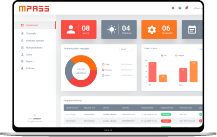Social engineers have found numerous approaches to exploit victims of their personal information. With the continuous increase of new cyber threats, society should be constantly informed and educated on how to distinguish and prevent them. Due to the direct interaction with the human user, social engineering is one of the most powerful methods of network penetration. Its success rate depends highly on the targeted individual’s knowledge and awareness. If they are oblivious of their tactics, then this makes the attacker’s job easy. Unfortunately, many fall for their schemes.
Social engineering depends on human interactions and the flaws of humans. According to attackers, humans are the gateway to easy hacking. So, what is a social engineer and what are their tactics?
What is Social Engineering?
Social Engineering is a type of psychological manipulation that’s used to lure people into giving away personal information or to do certain acts. These criminals conduct their attacks through SMS, phone calls, emails and social media. Social Engineering depends on human interaction, which means the success and failure of the attack relies on the intended victim.

According to Cybint Solutions, 95% of cybersecurity breaches are due to human error. Also, a message relayed by the convicted hacker, Kevin Mitnick, emphasized the importance of how companies should consecrate more time in educating their workforce on cybersecurity awareness and how to protect themselves against cyberattacks. If an employee or an individual is not educated on how to spot cyber intrusions, then attackers will continue to succeed in their attacks.
These attackers do not have specific targets, they attack normal individuals in society or someone who works for a big corporation. Social engineering is one of most used hacking techniques, through lying, impersonation and psychological tricks these attackers obtain data and gain unauthorized access to personal or company related information.
Social Engineering is not solely virtual it could also occur in the physical world. For example, a hacker could visit a company act as an employee and through social skills gain access to a server and hack into their systems without raising suspicion. For both ways, thorough research is done before the attack is made. There are different stages the attacker goes through to successfully pull off their attack:
The 4 stages of Social Engineering
1- Research: When a social engineer is set on a new victim, they begin to research about the person to find every detail that could be used to their advantage. This is a crucial stage that will make or break their attack. Because, if the victim does not comply due to suspicion this could hinder their attack and even cause the attacker to pull the plug on their plan. This process takes weeks or months until the attacker feels confident in executing.
2- Planning: After they gathered enough information, they start planning how to carry out their attack either by email, phone call, SMS or through social media. Then, they initiate contact with the victim. This reveals how the attacker could go on about his plan depending on the victim’s character and response. This stage goes on for weeks to establish a relationship with their victim and to gain their trust.
3- Exploitation: As the relationship progresses, the attacker will gradually try encouraging the victim to disclose personal information or information about their organization. They achieve this by using one of their many tactics.
4- Execution: After a successful bond is created, the attacker will launch their attack and obtain the data or access their systems and accounts without raising the victims’ suspicion. Usually, when the attack is initiated the victim does not realize what had hit them and by then the attacker has already erased their trace and remains incognito.
Commonly used Social Engineering tactics
Pretexting: This technique is when the attacker creates a narrative which is a series of lies to tell the victim. The story is created after the attacker accumulates information about the individual. The attacker contacts the person and starts using psychologically manipulative tactics to gain their trust. They could also impersonate a co-worker or a representative from a bank, tax official, etc. to make the call seem legit. These criminals need to gain their victims’ trust before asking for sensitive info and using industry lingo helps. Many were able to achieve their goal of retrieving social security numbers, passwords even financial information through this tactic.

Baiting: This technique could be conducted online or in the physical world. Baiting is when the attacker entices their victim into downloading malware disguised as a free music playlist or free movie subscription. And in the physical world these attackers could possible distribute infected flash drives throughout an organization as a gift for their employees tempting them to grab one, this leads to them inserting the flash drive into the company computer and unintentionally download malwares.
Tailgating: Is when the attacker is seeking entry to a restricted area, where access is unattended or controlled by electronic access control, they can simply walk in behind a person who has legitimate access. Tailgating is ineffective in some organizational environments, such as those where all employees must swipe a card to enter a building. In mid-sized businesses, on the other hand, attackers will strike up conversations with employees and use this display of familiarity to get past the front desk.
Key of Social Engineering protection
Investing in your employees and yourself on raising the level of Cybersecurity Awareness will be beneficial all around! Companies and organizations should start focusing on improving the security of their human factor. The most effective way to avoid cyber-attacks is by familiarizing employees and yourself on the latest types of attacks and the best practices on how to avoid them.
Conclusion
When receiving an email or a call, nothing is predictable. You will always be exposed to many kinds of attacks, but being aware of them will give you an upper hand. With social engineers, the best way to avoid being tricked by them is to able to distinguish their tactics. Cybersecurity threats will continue to evolve, but its users who should be a step ahead and take the necessary precautions.
Cerebra is one of the company that provide excellent content of Cybersecurity Awareness Materials for employees.
Educate yourself and be a step ahead of social engineers!
Share this article:
Popular

Tips To Be Cyber Protected While Traveling
Goodbye worry! A safe journey in the digital world With all the modern wonders of the digital world, we trust communication technologies on our journeys. There is no doubt that the travel experience is always more beautiful and enjoyable, but it can also pose a range of risks, especially when it comes to cybersecurity. Travelers may fall victim to phishing, Wi-Fi network spying, and theft of their personal data, which can make their journey filled with worries and tension. With the increasing prevalence of cyber threats, it is essential for travelers to follow some guidelines to protect their devices and ...
1st Apr 2024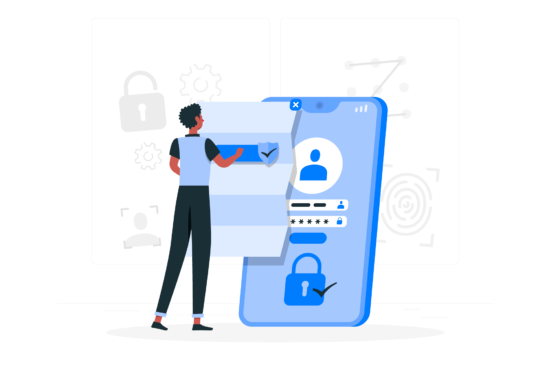
Push Authentication: A New Era in Multi-Factor Authentication
Want To Say Goodbye To Passwords and OTP Codes? Discover Push Authentication! It is easy for your password to be compromised through phishing attacks, even if it meets the cybersecurity strong password standards and is difficult to predict So we must get to know the technique of Push based Authentication. Some may recommend that you use Multi-Factor Authentication (MFA) to increase your security. Multi-Factor Authentication (MFA): MFA is the process of logging into your account through multiple steps. It requires you to enter more information, not just your password. But there is another obstacle that arises when using such ...
14th Feb 2024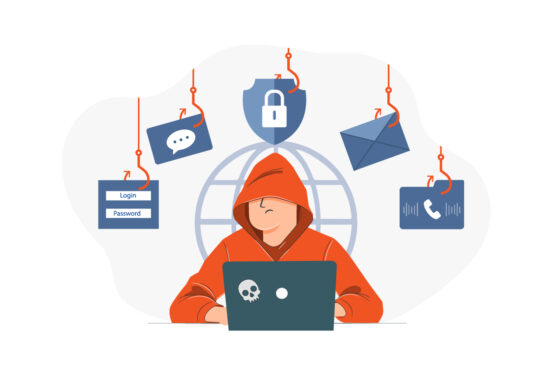
The Difference Between Phishing Attacks
The Difference Between Phishing Attacks Phishing attacks are harmful attacks used by criminals to steal personal and financial information from individuals and businesses. Attacks on individuals and businesses are becoming more common as we use the internet and technology more often in our daily lives. Phishing attacks involve the use of dishonesty and fraudulent methods to fool consumers into believing they are interacting with the trustworthiness of an unsuspecting destination, such as banks, email companies, or social media platforms. But what is the difference between phishing attacks? How can individuals and organizations protect themselves from such attacks? That is what ...
17th Jul 2023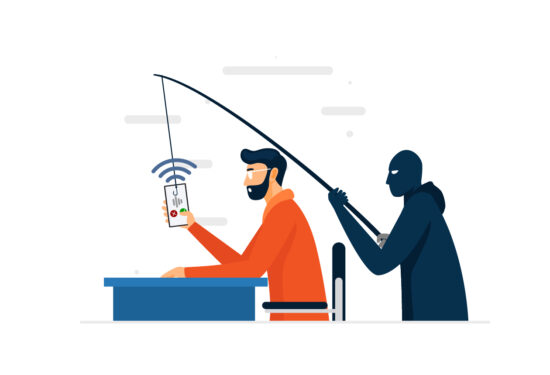
Understanding of the Vishing Meaning
Understanding of the Vishing Meaning Vishing, a combination of “voice” and “phishing,” is a sophisticated form of cybercrime that exploits voice communication to trick individuals and extract sensitive information. In this comprehensive guide, we will explore the meaning of it, the dangers associated with it, and effective methods to protect yourself against these malicious attacks. What is Vishing meaning? Vishing refers to the fraudulent practice of using telephone services to trick individuals into revealing personal and financial information. Scammers often pose as trusted organizations or individuals to gain their victims’ trust. By using social engineering tactics and manipulating ...
5th Jul 2023
How could Artificial Intelligence tools threaten cybersecurity
How could Artificial Intelligence tools threaten cybersecurity? As Artificial Intelligence Tools become more sophisticated, they can be used to launch cyber attacks that are more complex and difficult to detect. In this article, we will explore how AI tools could threaten cybersecurity and what measures can be taken to mitigate these threats. Artificial Intelligence (AI) became popular today, and it is one of the most important terminologies in our current era, though it has been around since the 1950s. AI relies on the development of systems and technologies that help to do tasks by the simulation of human intelligence ...
11th May 2023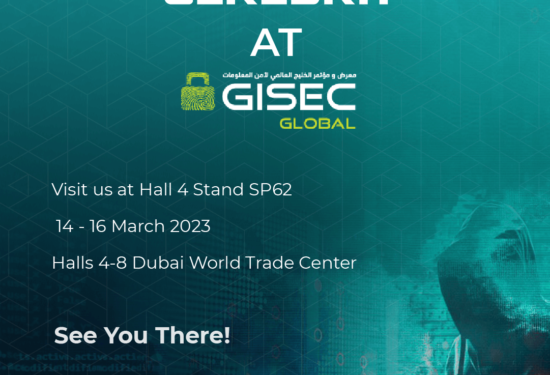
Cerebra is participating at GISEC 2023
We are thrilled to announce that we are going to GISEC 2023 and would like you to join us! Visit Cerebra at GISEC 2023 Hall #4 stand SP62 in Dubai World Trade Center from 14-16 March. GISEC Global is the leading gathering ground for the cybersecurity community worldwide. Top cybersecurity enterprises from 40 countries, CISOs from major corporations across the Middle East, Africa & Asia, government dignitaries and cyber leaders, regional and international innovators, and global experts collaborated to lead cybersecurity transformations across sectors and nations decisively. Get a chance to preview our latest Cybersecurity products: PhishGuard is the Phishing stimulations solution that raises the employees cybersecurity awareness ...
13th Mar 2023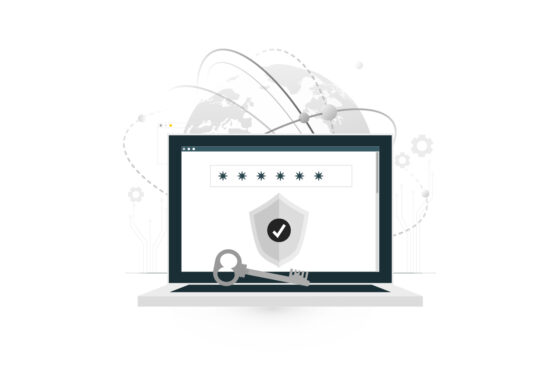
6 Tips to create a strong password easily!
Create a strong password easily! Today it’s very important to everyone who have an account either on social media or any other websites or services to Create a strong password, because you have to treat your password as your best stuff’s and protect it from others. Learn now the easiest and best tips you have to follow to make a strong password.. What is Password? A password is a string of characters that provides access to a digital system or service. It is a crucial security measure that helps to protect sensitive information from unauthorized access. Passwords can be as simple as a word ...
1st Feb 2023
Employees and cyber security: dangerous statistics about Phishing
Employees and cyber security The relationship between employees and cyber security this days must be tight and your company have to give it the right care if you want to keep your data and your business secure.. According to insights from our leading Phishing simulation tool PhishGuard, 58% of users in Saudi Arabia have opened at least one phishing email. These insights reveal that at least one out of four employees have interacted with a phishing email, either by clicking on a link or downloading a malicious attachment. In some cases, employees have gone further and submitted their personal information ...
26th Oct 2022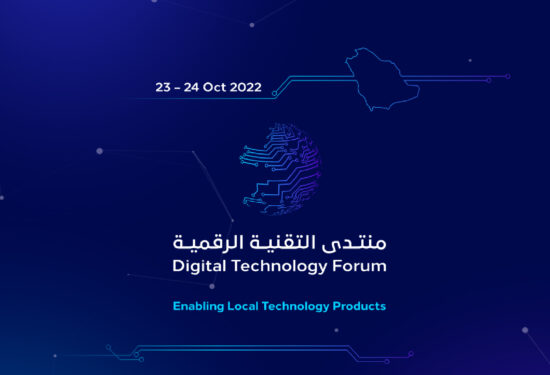
LinQ2’s Participation at CITC Digital Technology Forum 2022
We are happy to announce that our product LinQ2, has been chosen to participate in CITC annual Digital Technology Forum, in addition to being nominated for the Top Technical Product award. The theme of this year’s forum is “Enabling Local Technology Products“. The Communication & Information Technology Commission (CITC) has recognized our efforts and achievements with our enterprise messaging gateway LinQ2. As our product can seamlessly and securely process messages from and to applications and systems, as well as have the ability to integrate with different channels and connection options. We at Cerebra continuously strive to become one of the ...
20th Oct 2022

